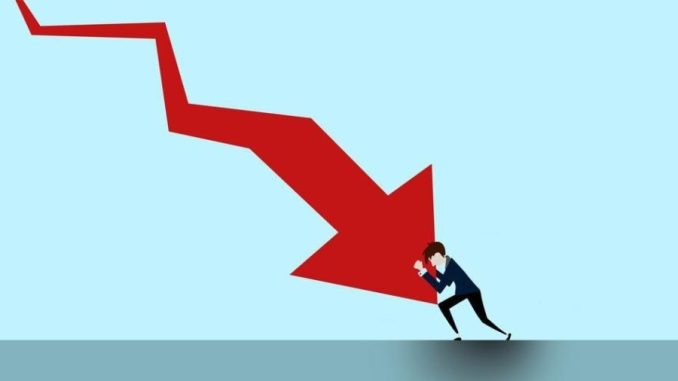
Economic downturns have a way of reshaping priorities, both at the individual and institutional level. When markets falter, unemployment rises, and consumer confidence dips, the ripple effects extend far beyond investment portfolios and GDP figures. One area that often undergoes significant reevaluation during these periods is insurance. While insurance is traditionally viewed as a safeguard against unforeseen risks, its role becomes even more pronounced when financial stability is threatened. The need to protect assets, income, and long-term plans intensifies, prompting a shift in how people and businesses approach coverage.
During times of economic stress, households tend to scrutinize their expenses more closely. Insurance premiums, which may have once been paid without much thought, come under the microscope. The instinct to cut costs can lead some to reduce or cancel coverage, especially if the perceived risk feels low or the policy hasn’t been used in years. However, this reaction can be short-sighted. Economic downturns often coincide with increased vulnerability—job losses, reduced income, and heightened uncertainty make the financial consequences of an unexpected event even more severe. For example, losing a job without disability or income protection insurance can mean months without a safety net. Similarly, dropping health coverage to save money might expose a family to overwhelming medical bills if illness strikes.
Businesses face a similar dilemma. In lean times, companies look for ways to preserve cash flow, and insurance premiums may seem like a tempting place to trim. Yet, the risks they face don’t diminish during a downturn—in many cases, they grow. Economic pressure can lead to higher rates of litigation, increased employee claims, and greater exposure to operational disruptions. A business that cuts back on liability or property insurance might find itself unable to recover from a lawsuit or disaster. Moreover, in sectors like retail or hospitality, where margins are thin and volatility is high, maintaining comprehensive coverage can be the difference between survival and closure.
One of the more nuanced impacts of economic downturns is the shift in insurance priorities. Rather than eliminating coverage altogether, many individuals and organizations opt to reallocate their insurance spending. This might mean increasing coverage in areas that feel more urgent—such as unemployment protection or business interruption insurance—while scaling back on less critical policies. The goal becomes not just cost-cutting, but strategic risk management. For instance, a small business owner might reduce advertising liability coverage but boost cyber insurance, recognizing that digital threats are more likely to escalate during periods of economic instability.
Insurers themselves are not immune to the effects of downturns. Claims often rise during recessions, particularly in lines like unemployment, health, and liability. At the same time, investment income—an important revenue stream for many insurance companies—tends to decline as interest rates fall and markets become volatile. This dual pressure can lead to tighter underwriting standards, more conservative policy terms, and in some cases, premium increases. For consumers, this means navigating a more cautious insurance landscape, where securing coverage may require more documentation, higher deductibles, or reduced benefits.
Despite these challenges, economic downturns also present opportunities for innovation and adaptation within the insurance industry. Insurers may develop new products tailored to emerging needs, such as pandemic-related coverage or flexible payment plans for struggling policyholders. Technology plays a key role here, enabling more efficient claims processing, personalized pricing, and digital engagement. For example, usage-based insurance models—where premiums are tied to actual behavior, like driving habits or health metrics—can offer more affordable options during times of financial strain. These innovations help maintain access to coverage while aligning costs with real-world conditions.
Consumer behavior also evolves during downturns. People become more risk-aware, more cautious, and more interested in understanding the value of their insurance policies. This shift creates an opening for insurers and advisors to engage more deeply with clients, offering education, transparency, and tailored solutions. A well-informed policyholder is more likely to appreciate the role insurance plays in financial resilience and less likely to make reactive decisions that could jeopardize long-term security. For example, explaining how life insurance can support a family through economic hardship or how renters insurance can protect against unexpected losses may encourage retention even when budgets are tight.
In many ways, economic downturns serve as stress tests for financial systems, exposing weaknesses and prompting recalibration. Insurance, when approached thoughtfully, can be a stabilizing force in this environment. It cushions the impact of shocks, preserves assets, and supports recovery. But to fulfill this role effectively, coverage must be aligned with current realities. That means reviewing policies, understanding exclusions, and ensuring that limits reflect actual needs. It also means resisting the urge to make short-term cuts that could have long-term consequences.
Ultimately, the impact of economic downturns on insurance needs is not just about numbers—it’s about mindset. It’s about recognizing that uncertainty is a constant and that protection is not a luxury but a necessity. Whether for individuals safeguarding their families or businesses navigating turbulent markets, insurance remains a cornerstone of financial strategy. And while downturns may force difficult choices, they also underscore the importance of resilience. By building and maintaining thoughtful coverage, one policy at a time, people and organizations can weather economic storms and emerge stronger on the other side.